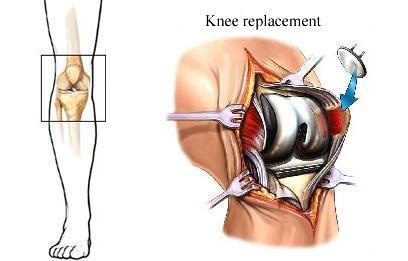One of the most common problems includes stiffness, pain, and swelling in the knee joints that can occur at any age. Generally, people believe that the knee problems are common after the age of 45 years. The knee is a joint of the body where the thighs meet the bones of the lower leg that works as hinges for the body’s movement. The knee joints provide stability and strength to the body weight which is vital to perform the routine activities such as walking, jogging and running, bending, jumping, and spinning. If a person fails or feels uncomfortable to perform such regular activities, then the doctors may recommend a knee replacement in Delhi if the problem cannot be cured with several physiotherapies and medications. Bones, cartilage, muscles, ligaments, and tendons work combinely for the knee movements and if there is any problem with any of these parts, then the patient may feel difficulty in moving the knee joints.

Bones and cartilage – the joint of a knee is a set of three bones, that is,
- The femur, thigh bone or upper leg bone.
- The tibia, shin bone or larger bone of the lower leg.
- The patella, also known as kneecap. The knee cap is 3-4 inches long and 2-3 inches wide and covers the other bones of knee joints. The patella is slides during the knee movements. Also, it is sensitive and get injured or damaged, and is mostly replaced during the knee replacement in Delhi.
Muscles – The knee, basically, moves on the two muscle groups.
- Four quadriceps muscles that are bring the leg back into the straight position from a bent position.
- The hamstring muscles from the hips to exactly below the knee helps to bend the knees.
Tendons and ligaments – The quadriceps muscle is connected to the patella through the quadriceps tendon that allows straightening the knee. During the knee replacement in Delhi, the medical collateral ligament, lateral collateral ligament, anterior cruciate ligament, and the posterior cruciate ligament is connected to the femur and tibia to give strength and stability to the knee joints.
No comments:
Post a Comment